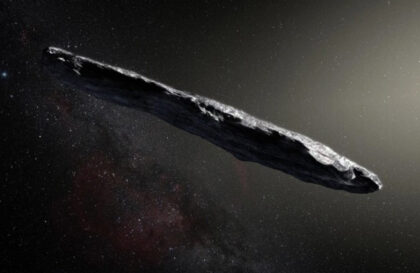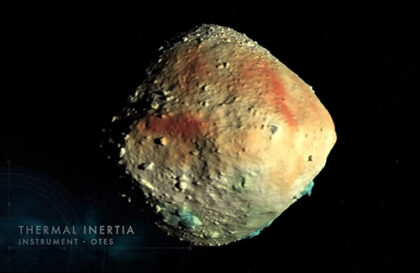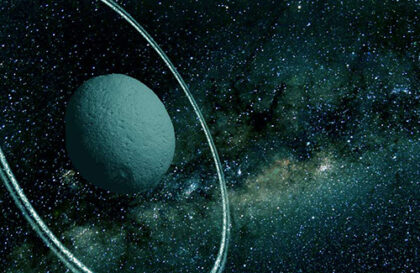In a direct collision, Apophis would leave behind an impressive impact crater up to 5.1 kilometers (17,000 ft) wide, causing massive destruction over thousands of square kilometers. The released kinetic energy equivalent to 1,200 megatons of TNT will significantly impact any region it lands on.
Undeniably, if Apophis collides with Colombia and Venezuela, the consequences could be incredibly tragic, and its possible consequences should be carefully considered to minimize possible threats. A collision of Apophis with the Atlantic or Pacific oceans would also create a short-lived tsunami with a potential radius of destruction of about 1,000 km for most of North America, Brazil, and Africa, 3,000 km for Japan, and even 4,500 km for some areas in Hawaii.
What is the history of the asteroid Apophis?
Asteroid 99942, also known as Apophis, is considered one of the ancient objects of the early solar system. Its discovery took place in 2004 when astronomers analyzed its possible orbits. Apophis is part of the Atona group of asteroids that cross Earth’s orbit and orbits the Sun in about 0.9 years. It measures about 1,100 feet (340 meters) and was considered significant on the Turin Collision Risk Scale until August 2006. The probability of a collision with Earth in 2029 was initially determined to be 3%, which determined a high level 4 on the Turin risk scale. After further observations, the risk of a collision in 2029 was ruled out, and the potential hazard in 2036 was determined to be less than 1 km wide.
Apophis is classified as a near-Earth asteroid, as opposed to a main-belt asteroid, and its orbit has been altered mainly by the gravitational influence of giant planets such as Jupiter. Apophis is now of great scientific interest because it is a remnant of the early formation of our Solar System, and its Yarkovsky effect was measured at a signal-to-noise ratio (SNR) of 186.4.
How close will asteroid Apophis come to Earth?
Apophis, which will approach Earth in April 2029 at a distance of about 31,600 ±3.4 kilometers (19 794 mils), will create an incredible view from Europe, Africa, and western Asia, making it highly visible to astronomy enthusiasts worldwide. In March or December 2036, Apophis will again approach Earth at a significant distance, creating a unique opportunity for observation by ground-based telescopes and observatories. In addition, in early 2037, Apophis will be so far away that it will be difficult to see even with modern equipment.
Over the next few centuries, Apophis will continue its dance around the Sun, moving away from and approaching Earth at varying distances, sparking fascination and study among astronomers and space explorers.
NASA redirected the OSIRIS-REx spacecraft to the asteroid Apophis. OSIRIS-APEX will approach Apophis in 2029. Once close, the ship will orbit the asteroid, giving it a unique look.
Banner image: The asteroid Apophis in the artist’s image. Credit: Unistellar
Image credit:
https://universemagazine.com
https://science.nasa.gov






